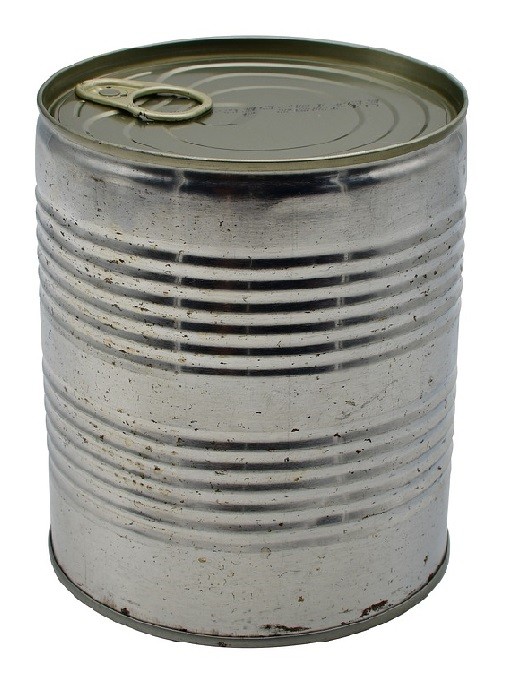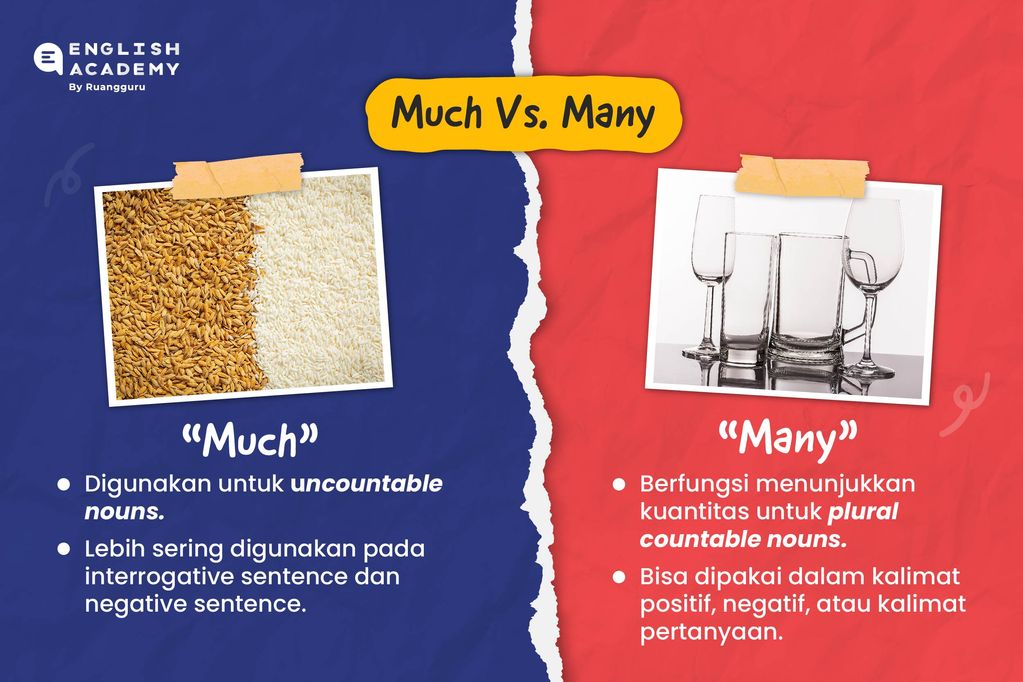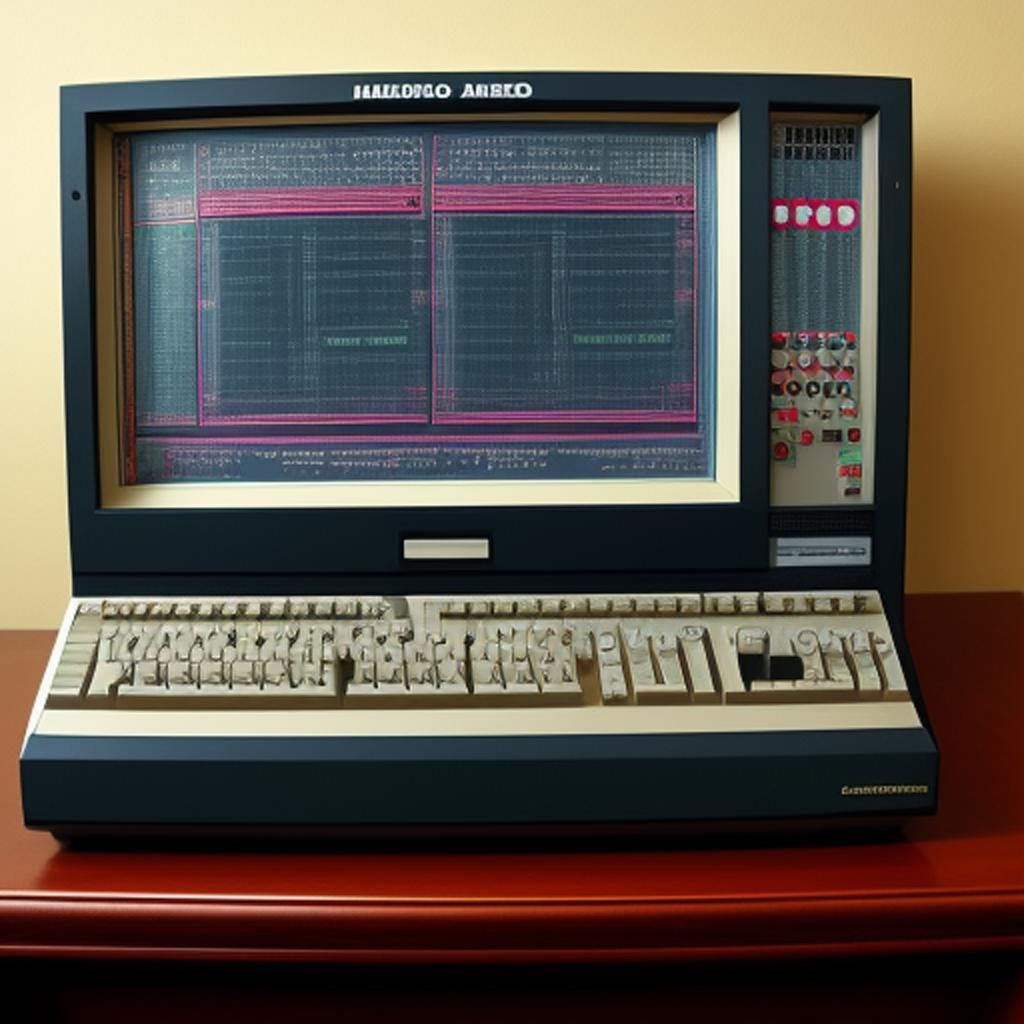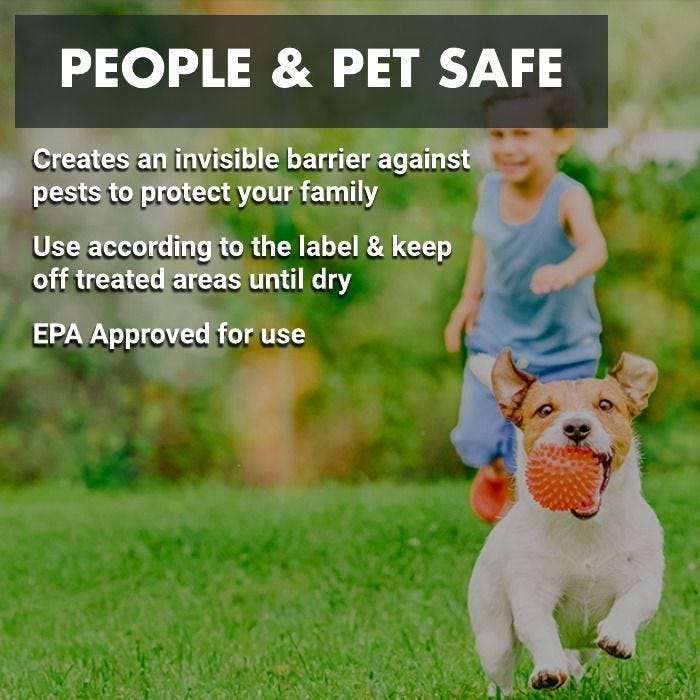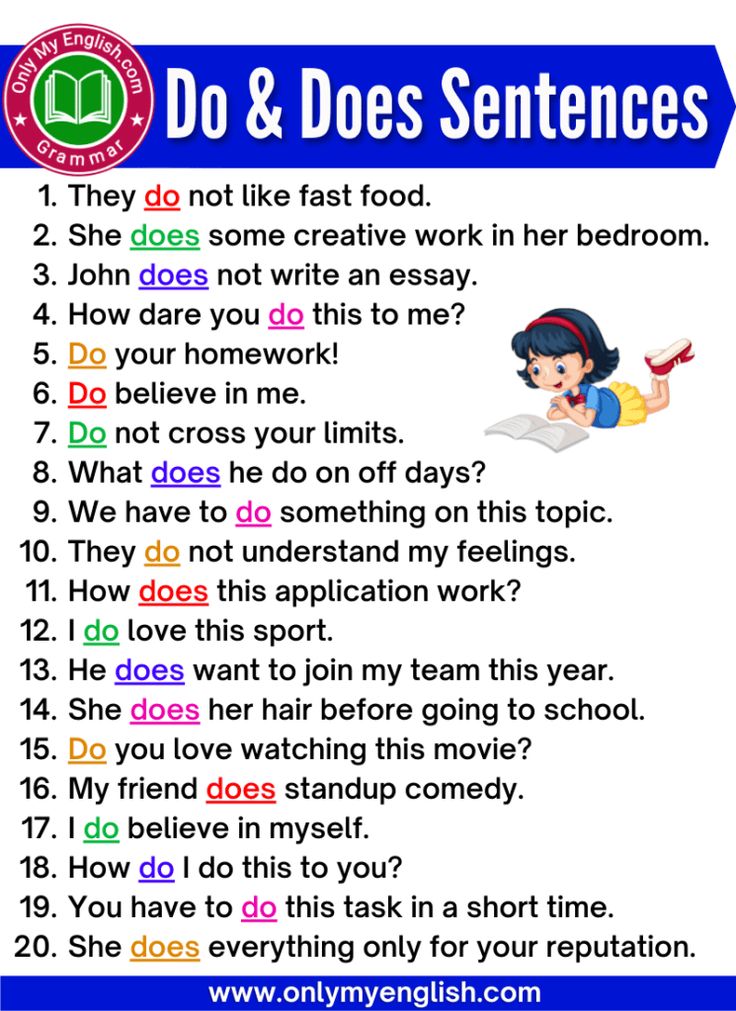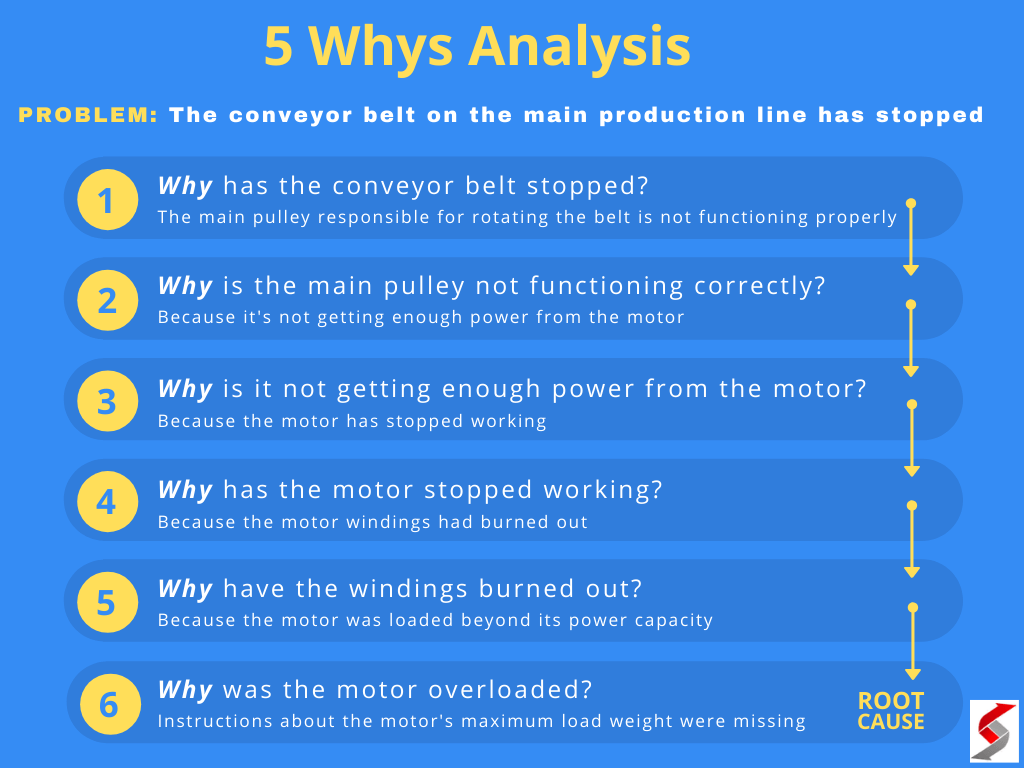Mastering the Art of Mixing Automotive Paint: Step-by-Step Guidance for Flawless Results
Introduction: Why Mixing Automotive Paint Matters
Achieving a flawless automotive finish depends not only on technique but also on the precision with which paint is mixed. Whether you’re restoring a classic car, repairing a scratch, or customizing your vehicle, the way you combine paint components determines color accuracy, durability, and overall appearance. This comprehensive guide provides actionable steps, expert tips, and practical solutions to help you mix automotive paint effectively, regardless of your experience level.
Understanding Automotive Paint Types and Their Components
Automotive paint systems come in several varieties, each requiring specific mixing methods and ratios. The most common types include:

Source: playpartyplan.com
- Acrylic Lacquer : Typically thinner-based, offering a high-gloss finish but less durability in modern applications.
- Acrylic Enamel : Often requires a hardener or activator for increased durability.
- Urethane and Acrylic Urethane : Most modern paints are urethane-based, known for their toughness and longevity. These often require precise mixing with reducers and activators.
Before you begin, check your paint’s label or product data sheet for the recommended mixing ratios and compatible components, as each manufacturer may specify different requirements [3] . If you’re unsure, consult your local auto parts supplier or paint distributor for clarification.
Essential Tools for Accurate Mixing
Preparation is crucial. Gather these items before starting:
- Pre-marked mixing cups : These feature graduated ratio scales (e.g., 4:1:1, 3:1:1), making it easy to combine components accurately [1] .
- Stir sticks : Use clean, solvent-resistant sticks to blend components thoroughly.
- Clean rags and gloves : Prevent contamination and protect your skin.
- Paint strainers : Filter out debris before pouring paint into your spray gun.
Ensure your work area is free from dust and well-ventilated for safety and optimal results.
Step-by-Step: How to Mix Automotive Paint
1. Identify the Correct Ratio
Read the paint can or technical data sheet to determine the exact mixing ratio. Common ratios include 4:1 (four parts paint to one part activator), 2:1, or 1:1, depending on the type of paint and manufacturer recommendations [4] . For example, base coats usually require a 1:1 ratio with a reducer, while clear coats and single-stage paints may use 4:1:1 or 3:1:1 with activator and reducer.
2. Prepare the Mixing Cup
Wipe the inside of your mixing cup to remove dust or debris. Locate the ratio chart printed on the side. For a 4:1 ratio, fill the paint to the first marker, then add the activator to the second marker in the same column. If your paint requires a reducer, continue to the third marker [3] .
3. Pour and Combine Components
Slowly pour each component into the cup, following the ratio chart. Examples:
- For a base coat : Mix equal parts base color and reducer (1:1). Example: 8 ounces base coat, 8 ounces reducer [4] .
- For a clear coat : Use a 4:1 ratio of clear to activator, adding reducer if specified (often 4:1:1) [3] .
- For single-stage paint : Ratios like 3:1:1 are common-three parts paint, one part activator, one part reducer [2] .
4. Stir Thoroughly
Use a clean stir stick to blend all components until the mixture is uniform. Incomplete mixing can result in uneven color or poor surface adhesion. For best results, stir for at least 60 seconds, scraping the sides and bottom of the cup.
5. Filter and Load into Spray Gun
Pour the mixed paint through a paint strainer into your spray gun’s reservoir. This step is critical for removing any clumps or contaminants that could clog the spray tip and ruin the finish.
Case Study: Mixing and Applying a Two-Stage Urethane Paint
Consider a common scenario: repainting a fender with a two-stage urethane system (base coat and clear coat). After selecting the correct color code for your vehicle, you find the base coat requires a 1:1 mix with reducer. Using your mixing cup, pour 6 ounces of base coat to the first marker, then add 6 ounces of reducer. Stir thoroughly and strain. After spraying and allowing proper flash time, mix your clear coat at a 4:1 ratio (8 ounces clear, 2 ounces activator), stir, strain, and spray. This process ensures professional coverage and long-term durability [2] .
Temperature, Pot Life, and Mixing Considerations
The selection of activator or hardener often depends on ambient temperature. Use a fast activator for temperatures below 70°F, medium for 70-80°F, and slow for above 80°F. Incorrect selection can cause the paint to cure too quickly or too slowly, leading to defects such as orange peel or poor adhesion [3] .

Source: blog.shopsweetsandtreats.com
Pot life-the usable time after mixing-varies by product, typically ranging from 20 minutes to a few hours. Only mix what you can spray within this timeframe. Leftover mixed paint may harden and become unusable, so plan accordingly [4] .
Troubleshooting and Solutions
Common challenges include improper ratios, incomplete mixing, or using the wrong reducer. If the paint appears too thick, add reducer in small increments, checking manufacturer guidelines. If curing is too rapid or too slow, verify you are using the correct activator for the ambient temperature. Always test your mixture on a hidden panel before full application to ensure compatibility and color accuracy.
If you encounter persistent issues, seek advice from automotive paint forums, visit a local auto body supply store, or consult with professional refinishers for hands-on guidance.
Alternative Approaches and Best Practices
While manual mixing is standard, some large shops use automated mixing machines for precise formulation, particularly for custom color matching. Beginners may benefit from starting with pre-mixed touch-up kits for small repairs, then progressing to full mixing techniques for larger jobs. Document your ratios and results for future reference, and always clean your equipment thoroughly after use to prevent cross-contamination.
How to Access Further Help and Resources
For additional guidance, you can:
- Consult your paint manufacturer’s website for instructional videos and product-specific data sheets.
- Visit your local automotive paint supplier for in-person advice and product recommendations.
- Join online auto refinishing communities to exchange tips and troubleshoot challenges.
If you need hands-on training, consider enrolling in a local trade school or community college course on auto body repair and refinishing. For more information, search for “automotive paint mixing course” or “auto body repair classes” in your area.
Summary and Key Takeaways
Mixing automotive paint with accuracy ensures a professional finish, lasting protection, and true color reproduction. Always follow manufacturer instructions, use proper tools, and adjust for environmental conditions. With careful preparation and attention to detail, anyone can achieve results that rival those of professional body shops.
References
- [1] YouTube (2009). How to Mix Auto Paint – step-by-step demonstration.
- [2] YouTube (2020). How To Mix Car Paint (Step by step) #carpaint.
- [3] Autobody Source (2020). Here’s How To Mix Automotive Paint – ratios and temperature guidance.
- [4] LearnAutoBodyAndPaint.com (2015). Automotive Paint Mixing Facts – How To Mix Paint and Pot Life.
MORE FROM gowithdeal.com
